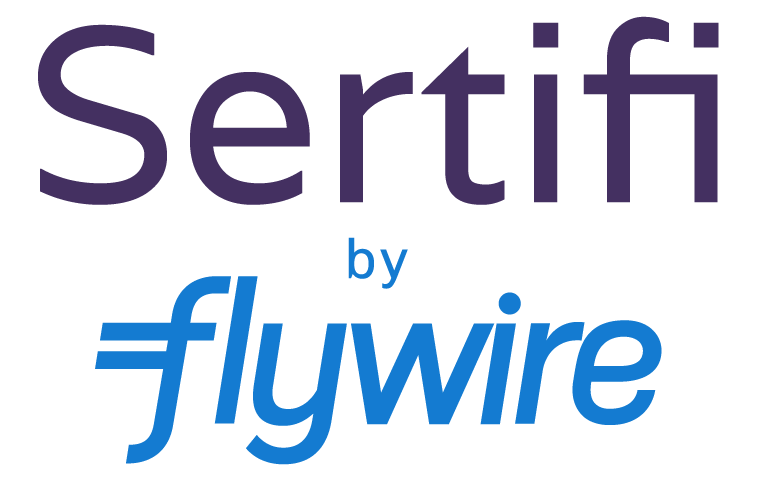How guest information is filled out on an authorization form can reveal several clues to whether the information is legitimate and provided by the true cardholder, reducing the risk of fraud and chargebacks.
Details to reference:
- Full name of the guest(s)
- Contact information
- Arrival and departure dates
- Emails
- Business name
- Addresses
- Phone numbers
Fraudulent Traits to Look For & Steps You Can Take:
- Be on the lookout for vague, mismatched, or incorrect addresses, as well as any address with a P.O Box. Run a Google search of the provided business name to verify that it's real.
- Google Streetview can show you if the provided address is really a home, empty lot, bus stop, etc.
- If the provided cardholder and guest names are different, phone numbers should be different as well.
- Don’t accept a credit card if the address provided for the card and the address provided for the authorization are drastically different.
- Take note if a business email wasn't used with a business selection.

